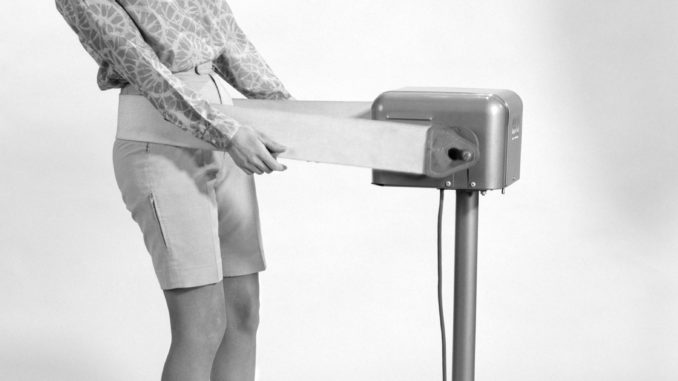
Fitness Trends are forever changing. Over the past 80 years, we have gone through a variety of fitness phases- some of which have stayed around to today’s exercise routines and some that didn’t carry on. Let’s take a look through some of the most popular fitness trends over the decades!
1950s: Hula Hoop
The moment it hit the shelves in America. More than 400,000 were sold by 1957- It was however classified as a toy when it was first launched into stores, but hula hooping for 30 minutes can be a great full-body workout. Nowadays, adults can use a weighted hula hoop instead of the original plastic one if they want to feel the burn!
1960s – Vibrating Belt
In the 1960’s it was the belief that you could jiggle away the unwanted body fat. The machine originally gained popularity in the early 1900s but had a huge comeback in the 60s. So basically, you would loop a wide belt around any “problem area” and turn it on and your “fat would melt off”. The vibrations were supposed to mimic a massage. At the time, massages were believed to cure fatigue, remove toxins, increase muscle tone and improve circulation. No sweat, no problem! …. Except that it did not work. People eventually came to realize this, and the vibrating belt faded away.
1970s – Jazzercise
New, High intensity form of excersice was the craze called Jazzercise. This trend was the beginning of choreographed exercise set to music. This excersie practice is a mix of jazz dance (obviously), ballet, pilates, yoga and kickboxing. The routines are usually set to a popular song. Jazzercise is still practiced today, although not as widely.
1980s – Aerobics
Aerobics is similar to Jazzercise. While the two exercises are alike, aerobics is less of a dance routine than Jazzercise. It was originally invented in the ‘60s, but didn’t take off until Jane Fonda came out with a book and aerobics workout tapes. The dance moves used were mixed in with fitness movements, like elevating knees or marching in place. Aerobics became very popular and pacically took over. It also inspired many spin-offs, such as water aerobics and step aerobics.
1990s – Spinning
Johnny Goldberg the inventer of Spinning, was a cyclist and personal trainer from South Africa who moved to the United States. One night, he was riding his bike and almost got hit by a car. From this fright, he got the idea to move cycling indoors. Goldberg began teaching spinning classes in 1990 and thus born the workout revolution Soul Cyle. Fast forward to modern day where spinning classes can be found at almost every gym.
2000s – Zumba
he exercise is popular in 180 countries worldwide and is inspired on the past dance workouts, Zumba emerged as a Latin-inspired workout. This workout incorporated a mix of salsa, tango, bachata and flamenco dance styles to upbeat Latin or pop music. Zumba classes can be found in most gyms, and as a DVD.
2010s – CrossFit
Greg Glassman was the creator of Crossfit. Glassman was a gymnast who wanted to get stronger in multiple sports and exercises. CrossFit focuses on training the whole body. It is a mixture of gymnastics, weightlifting, pullups and calisthenics. Specific gyms for Crossfit were created starting in Santa Cruz, California. Now, there are thousands of CrossFit gyms and trainers across the country and a huge community has formed around the fitness trend. There are even competitions focused on the exercise style, like the CrossFit Games.
Current- Fit Watches
With the rise of technology, it’s no surprise that a wrist-worn device that can detect some combination of walking steps, running distance, heart rate, sleep patterns and swimming laps. The self-tracking also allows you to stick to a healthier diet, exercise more and sleep better. Regular use of fitness tracker boosts your daily workouts and makes them achievable.
These took off hugely during the pandemic with gyms being closed.
Popular choices are Apple Watches and fitbits.
Fitness trends look like there evolving into hard hitting but easily accessible. Will be interesting to see what’s next..
By Annaliese Russell

Leave a Reply